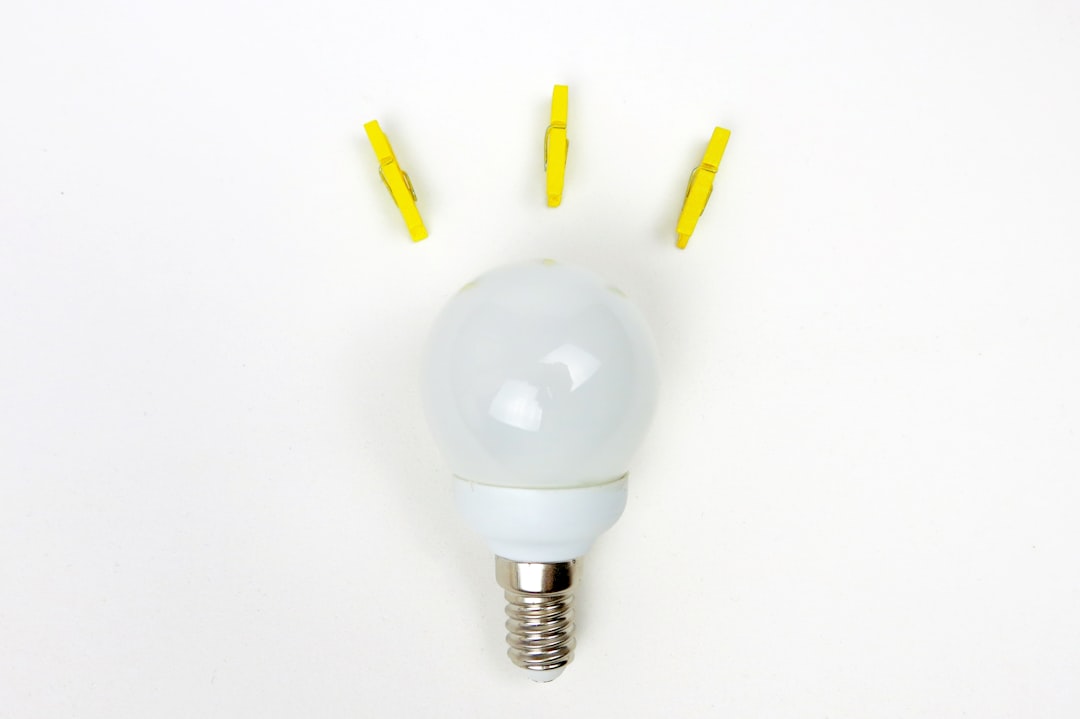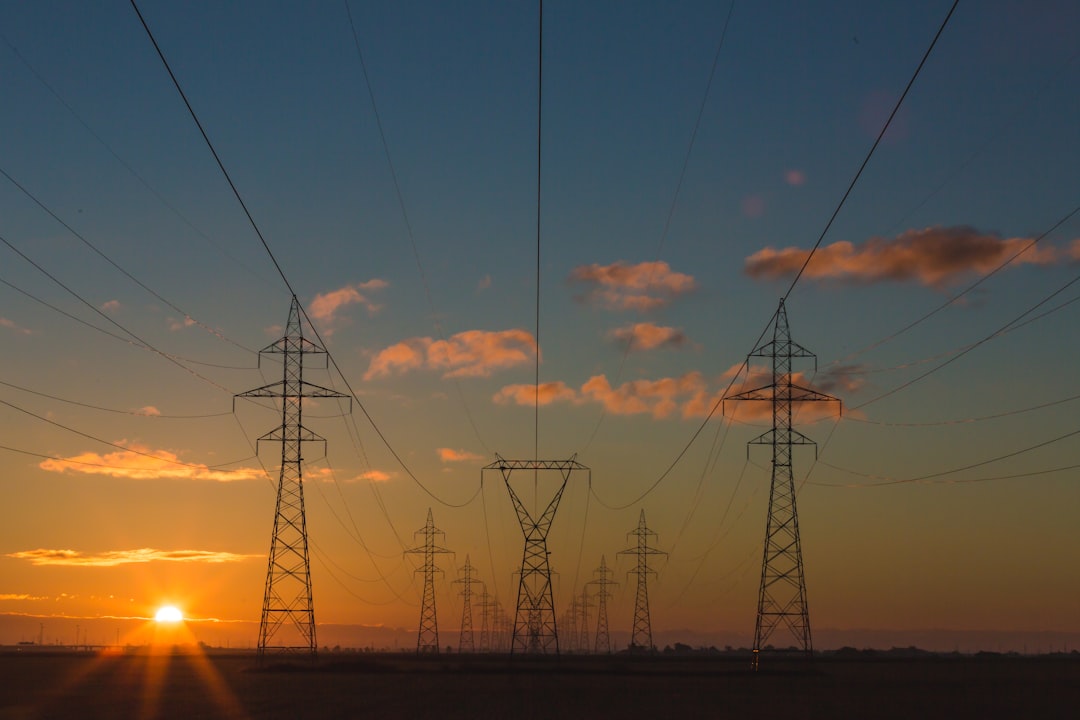What is it about?
: The technology of multi-level inverter is being incorporated into diverse renewable energy-based on power generation technologies such as wind and solar energy for power and higher voltage applications. Currently the leading technology in wind power market is doubly fed induction generator (DFIG) based wind energy conversion systems (WECS). Accordingly, they are economically feasible and offer variable speed and efficient substitute to the fossil fuel. This paper proposes a WECS based on a back to back diode-clamped multilevel inverter systems (DCMLI) fired comparatively by sinusoidal pulse width modulation (SPWM) and third harmonic injection pulse width modulation (THIPWM) techniques. DFIG performance is compared using these technologies for different wind speed under normal operation condition. The proposed approach shows that the DCMLI systems generate a nearly sinusoidal voltage with reduced total harmonic distortion (THD) thus upgrading the power quality of that produced by DFIG. As SPWM and THIPWM MLI are most common usage techniques in research, we applied them in the system to discuss a comparison of using those techniques to find out the number of levels that achieve the IEEE 519 criteria of THD which is less than 5% for both techniques (5th level for SPWM and 4th level for THIPWM) in all operation wind speed. On comparison with simple PWM, and THIPWM have many advantages such as lower total harmonic distortion, minimal number of switching to decrease switching losses and the output fundamental voltage is increased. Lastly, the paper investigates the variation of the frequency of induced rotor voltage and the active power flow due to the wind speed change when the rotor speed changes from super synchronous to sub-synchronous speeds.
Featured Image

Photo by Shawn Bagley on Unsplash
Why is it important?
The performance of a diode clamped multilevel inverter based vector controlled DFIG is investigated under different operating conditions. The main focus of that work is to use wind energy with minimal harmonic distortion levels under different speeds of wind energy without static filters intervention. A 5-level DCMLI using SPWM technique is capable to maintain voltage THD levels to 3.21% at normal operating conditions of 12 m/s whereas THD levels does not exceed 4.19% at worst conditions of low wind speeds. A 4- level THIPWM based DCMLI is capable to maintain THD levels at normal wind speeds at 4.39% and at 4.72% at low wind speeds. The graphs showing the variation of rotor injected voltage frequency and active power flow during super-synchronous and sub-synchronous rotor speeds in response to wind speed variations show superior performance. The main contribution in the proposed model, in that research work, is a simulative study to the internationally well adopted DFIG grid interconnection using multilevel power electronics topology with the avoidance of using static filters and find out the number of levels that achieve the IEEE 519 criteria of THD which is less than 5% for both techniques. The study showed that the proposed approach using THIPWM or SPWM resulted in a superior performance in terms of THD mitigation in all modes of operating conditions. Comparative results were demonstrated and discussed with definite conclusions.
Read the Original
This page is a summary of: Operation of grid connected DFIG using SPWM and THIPWM based diode clamped multilevel inverters, IET Generation Transmission & Distribution, June 2019, the Institution of Engineering and Technology (the IET),
DOI: 10.1049/iet-gtd.2019.0248.
You can read the full text:
Contributors
The following have contributed to this page










